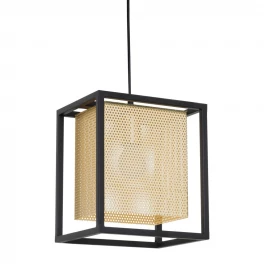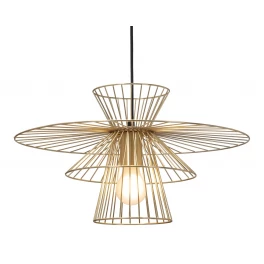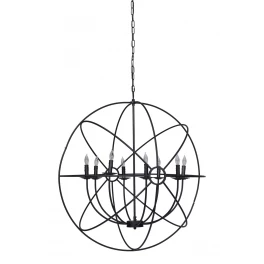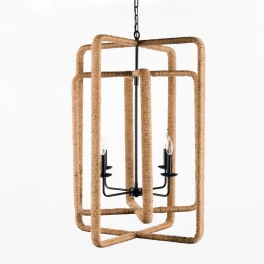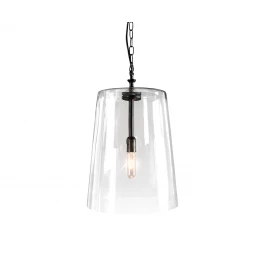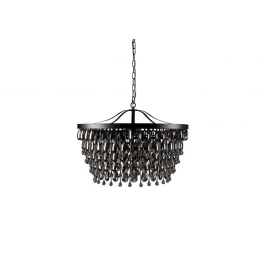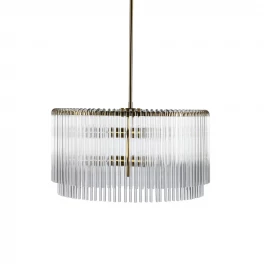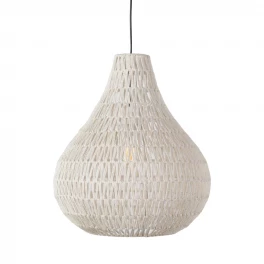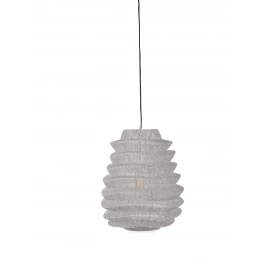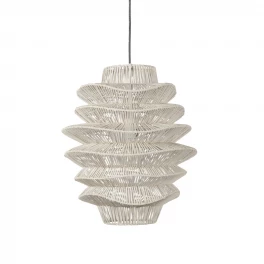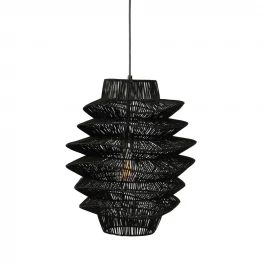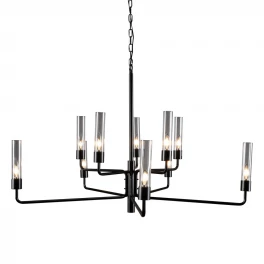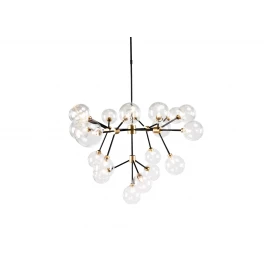You want to add some flare to your home and allow some natural sunlight inside. So, you want to add a few skylights to some rooms to make them pop. It’ll add some class and ambiance to the space while making the room warm. The only question left is, how much does a skylight installation cost?
The national average from a professional installation can range from $1,500 to $2,100.
A skylight is a luxury item that replaces interior lighting by allowing the sun through the ceiling into the home. But some factors go into building a single one that can be surprising if you aren’t aware of what to expect. To help with that here is a break down of routine tasks and their average prices around the U.S. Reminder that these are averages and can vary for each specialist and installer.
Tasks to Build a Skylight:
Table of Contents
These are the standard tasks and jobs that go into installing a new skylight into a home. Once you have that priced out, you still have a few other factors to consider. These can drastically change your initial estimate if you don’t ask, or have these in mind when talking to an installer.
DISCLAIMER: All prices referenced are with the idea of asphalt shingles in mind. If working with different roof types or a metal roof or ceramic, the process will be the same, but prices will increase.
Cutting Into the Roof

Cutting into the roof has an average cost of $200, but can change depending on the steepness of the roof and location of the cut.
There is no getting around having to cut a big hole in your home to get started. Make peace with the idea and get ready for loud noise
Install and Flash the Skylight
To install a skylight, you have to remember two essential things for this job, securing it to the roof and water-proofing. The first thing an installer will do it to make sure that your new skylight is level. If off-level a curb is built to give an even surface for the skylight to sit on. This small construction can vary depending on the size of the skylight and material needed.
To Flash is Jargon for Water-Proofing the Area
The importance of this step seals the lining with the shingles of the roof and creates a barrier. The barrier protects the space between the hole, the wood underneath, from any water that might slip through. They will usually have these in flashing kits for faster setup and installation.
Building A Chase
What is a skylight chase?
A chase is a funnel that channels the light from the attic space into the ceiling below. Most homes will have this made, but if you have a cathedral ceiling, you’re exempt.
It is done usually with drywall and paint after construction.
This task can easily add another $1,500 to your build due to the complex nature of the build.
Repaint the Ceiling
After construction and the chase built, it’s time to paint. Depending on if you hire a professional or not, this could cost around $250 for quality work. Be sure to ask if the installers offer an option to repaint the ceiling or know a professional they could recommend.
Now, that is all the installation cost for a SINGLE skylight. But if the desired result was to have multiple rooms or different spaces filled with natural light, other factors are still missing.
These variables can affect the structure of your home, security during unexpected weather, and comfort.
Where Do You Need them?
Location, location, location, are the three things you need for real-estate, businesses, and skylights. The area in which you put your skylight can have structural issues to the roof or building. If so, you may have to reconsider moving the skylight or hiring an engineer to make sure that the attic or roof is structurally sound.
Hiring an engineer can cost between $200-$500 to have them inspect your roof.
Which Types of Skylight Lights Will You Need?
The type of skylight matters, as particular areas may be better suited for ones with different specifications. For instance, a hallway, closet, or pantry, you wouldn’t need a fixed skylight for the room. Instead, a tubular skylight type would be better suited as it would take up less space for an already small area.
Kitchens, on the other hand, wouldn’t do well with either a fixed or tubular type. For this application, a vented skylight is preferred, as it can allow for fresh air to vent out any unwanted smells or aromas. The vented option eliminates the need for opening windows or turning on loud air vents.
For different areas of the home, they have different applications. But with every application, there is a skylight for that.
How Many are Needed?
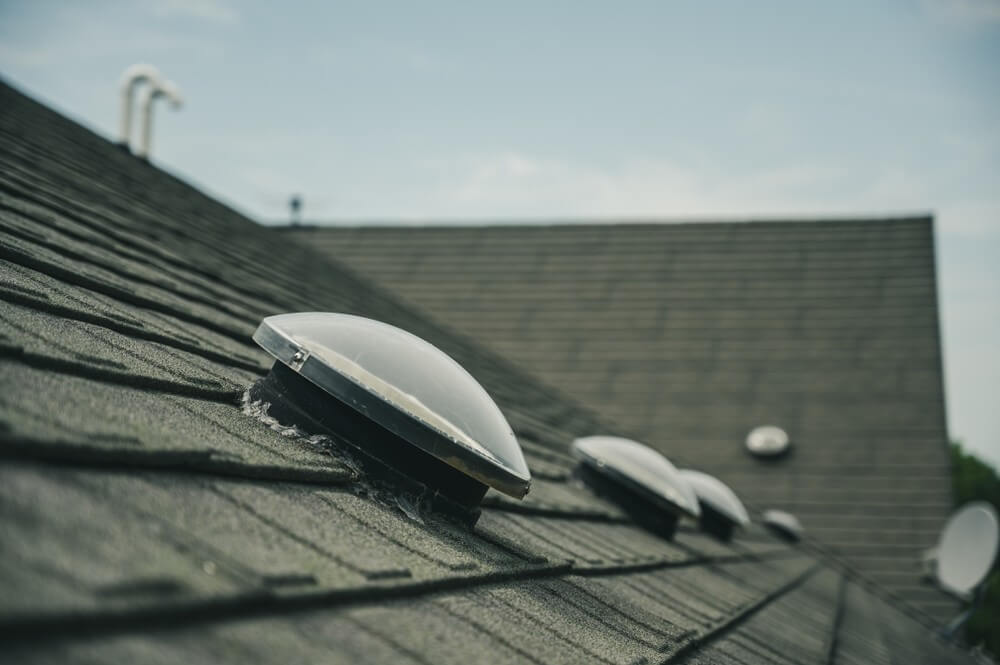
The number of lights can matter as much as location. For a room that you want multiple lights in, lining them up together may not be a possible option. This issue is when spacing them out or having one on each side is a viable solution.
For hallways that want natural light, spacing is important. Multiple tubular lights will be needed to illuminate the area effectively. Separating them by every couple of feet or so will give ample lighting while limiting the number of holes required in the roof.
Accessories and Features
The final touch to any skylight are the accessories, to make this luxury item even more luxurious. For the forgetful person, having an automated skylight could save you on rainy days. They also have a remote control option for when you don’t want to get up off the couch. You can get models installed with rain sensors, so even at night when it starts to rain you won’t awake to water pouring on your face. A great addition to have for the forgetful person.
For some skylights, the option of opening and closing is made manually by the user. A hard to reach place with the skylight on the ceiling. For an extra fee manufactures offer a hand crank that can open and close your vented skylight, while giving you a good shoulder work out.
With that said, these are by no means something to take lightly and throw in because you weren’t thinking. Already the fee’s for installing a skylight can range between $500 to $3,000 and adding any features could set you back another $300 to $1,000 per item.
Installing a skylight or two is by no means a cheap job for any homeowner. With the product itself, construction, painting, and labor cost, it’s already expensive. Tacking on any features and accessories will not be something an installer could easily throw-in, even doing it as a DIY job would still send you back a pretty penny.
But the return you get on them is worth it in the long run. For starters, it reduces energy cost by saving money on electricity for lights during the day. They also add value to a home, as they are not something you see often. If the area of light itself is unique or not common, this could increase the value of your home even more. Skylights are a nice touch to any home and add that subtle touch of nature inside, and any person would love to have one.




